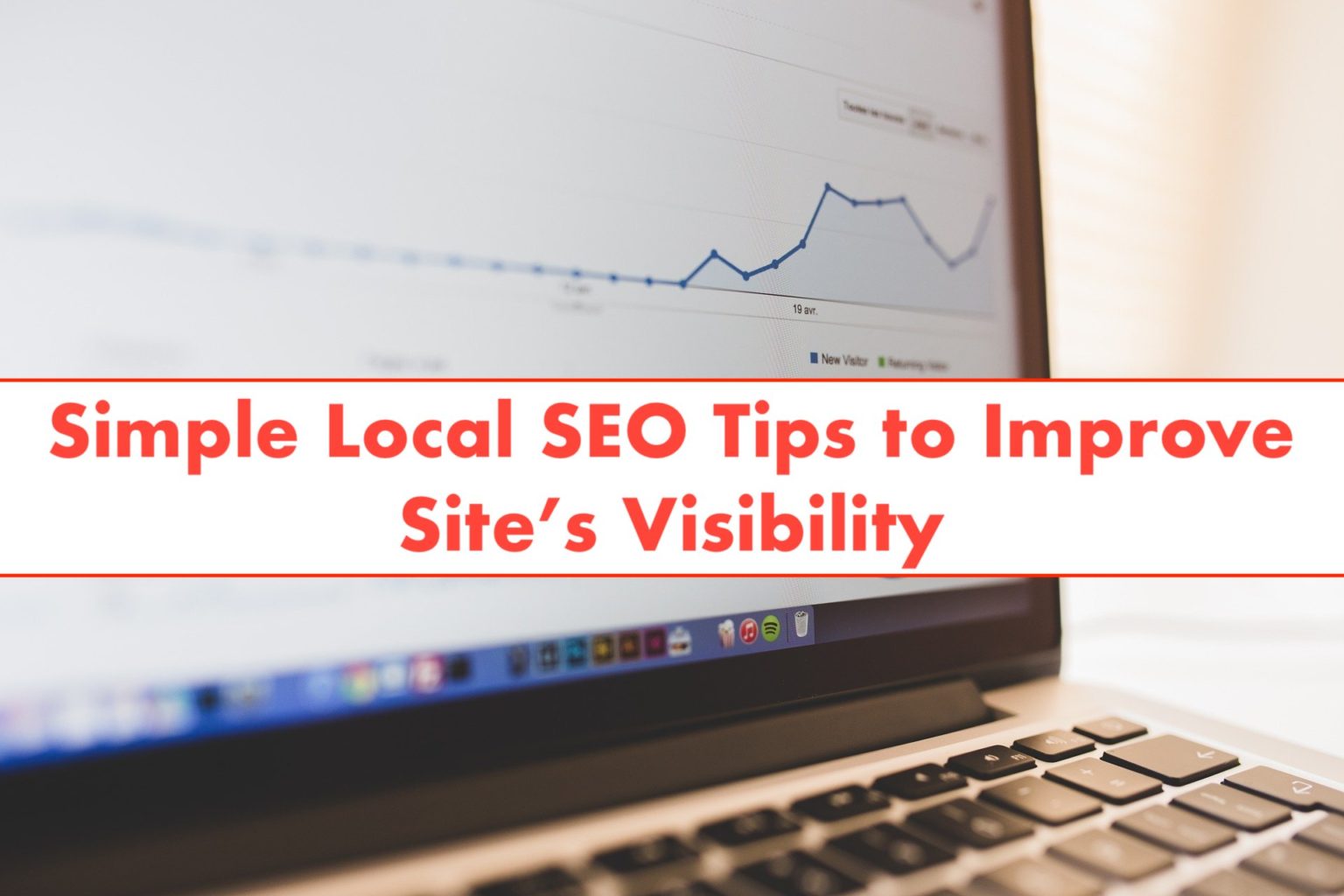Today there’s no better way to find the right audience for your product or service than by setting up a website and optimizing it for search engine visibility or, perhaps, running paid advertisement through the several social media channels.
Social media marketing, or SMM as it’s commonly called, is a rather easy way to reach your potential user base in no time. You set the interests and location of the people you’re trying to target on the respective social media platform along with your budget and then, bam — your ads quickly start appearing before them.
It is efficient and effortless once you figure out the right formula that maximizes conversion rate, but there’s only one problem — you are going to have to be spending money as long as you’re running the adverts. The case isn’t much different from search engine marketing (SEM), wherein paid ads are shown to users based on their search queries.
Search engine optimization, on the other hand, doesn’t require you to burn cash as much, or even nothing at all — that is, if you’re doing it yourself rather than outsourcing to an agency. And while you may not see instant results from it, getting SEO right can immensely benefit your business in the long run.
For the uninitiated, optimizing your website for search engines, such as Google, helps improve its rankings in the search engine results pages or SERPs. And in doing so, you’re putting your product or service out there for people searching for related keywords.
There are several SEO strategies one can apply to their website, but one that will come in very handy for small businesses targeting a particular region is Local SEO. In this article, we will talk about some beginner-friendly local SEO tips that should help you get started.
Set up Google My Business
The first thing you need to do to get started with local SEO is getting your business listed on Google My Business (GMB in short) directory. It is the box that appears on top of the SERPs when someone searches about your company on Google. Or, when they are looking for companies offering a particular service in or around a select region.
For instance, a simple search of ‘the best Local SEO Toronto‘ will fetch you some of the top-rated companies in Toronto that specialize in local SEO services. But, for the feature to work properly, you will need to provide Google with all the relevant information about your business in the GMB profile.
Some of the information to be provided when signing up for GMB include your business name, location, service areas, category, phone number, and website URL. You can further enhance the listing by posting relevant photos and videos, adding an apt description of your business, and asking your customers to leave a review.
Publish localized content
Regardless of whether you are running a company that does plumbing work or one that sells pipe frost protection kits, one of the best ways to improve its local reach is by publishing content that matters to the region in question.
Additionally, you can improve your website’s conversion rate significantly by creating separate landing pages for each of your operating locations. For instance, take a look at US-based moving company Bekins Moving Solutions’ dedicated page for its Las Vegas unit: https://www.movebms.com/location/las-vegas-nv-movers/. While the company has a main landing page on its homepage URL, it also maintains individual landing pages for each of its operating regions.
Add Schema markup
Schema.org markup makes it easier for search engines to understand your website better. Choosing the right type of schema markup and adding appropriate properties will surely give you a competitive edge as the number of sites that make use of one or other types of structured data is very insignificant as of now.
Local link building
One of the quickest ways to improve your local ranking is by acquiring links from local websites that are relevant to your niche. And as such, a backlink from high authority websites like a local news portal can be a great achievement in this regard.




